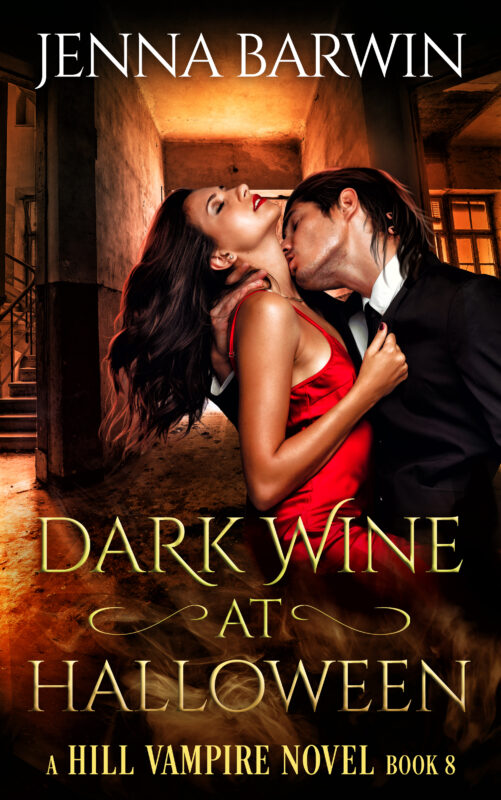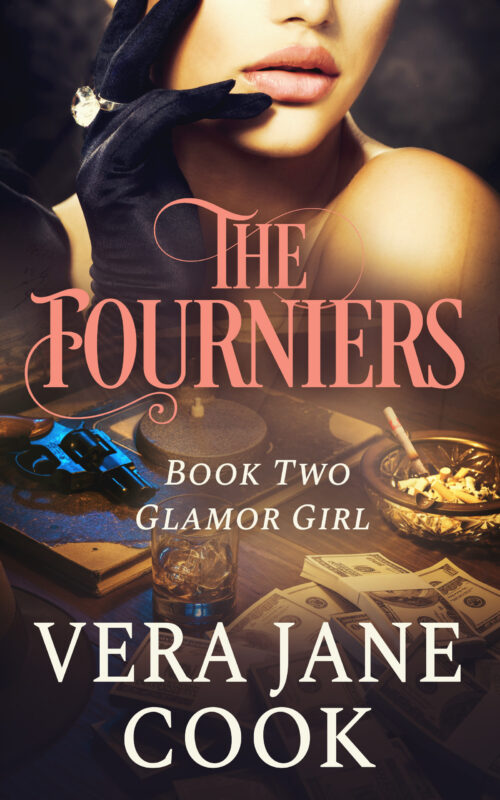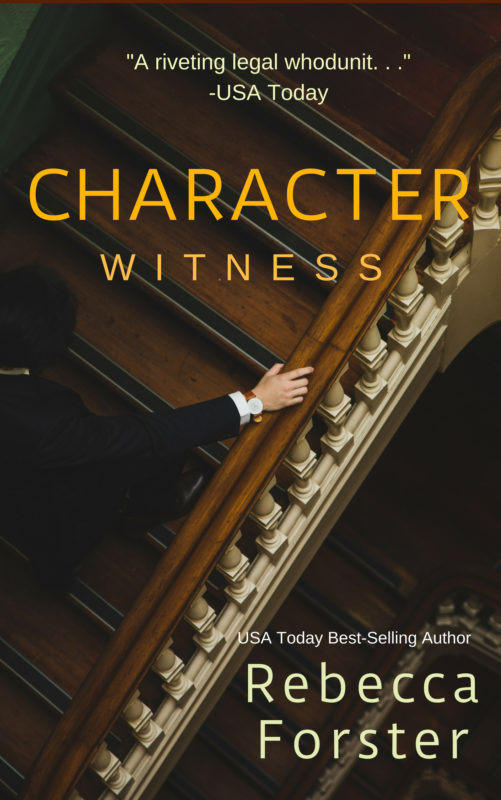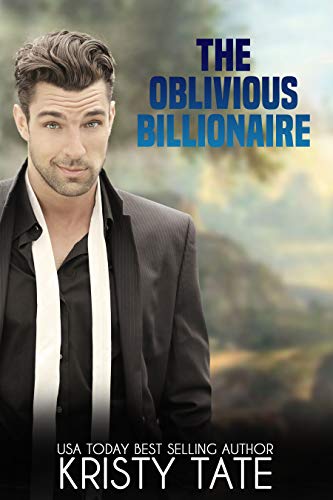The Bethlehem Writers Roundtable 2022 Short Story Award Extended Deadline
March 31, 2022 by marianne h donley in category Contests, From a Cabin in the Woods by Members of Bethlehem Writers Group, Writing Contest tagged as #TheBWG, Bethlehem Writers Group, Bethlehem Writers Roundtable Short Story Award, Short Story Award, The 2022 Short Story Award

Good news for procrastinators!
Deadline for the Bethlehem Writers Group short story contest, “An Element of Mystery”, has been extended.
Contest Deadline is now April 30, 2022.
The theme is An Element of Mystery (broadly interpreted).
BWG is seeking never-published short stories of 2,000 words or fewer.
First Place will receive $250 and publication in the upcoming anthology: An Element of Mystery: Sweet, Funny, and Strange Tales of Intrigue or in Bethlehem Writers Roundtable.
The final judge of the 2022 Short Story Award is New York Times best-selling author Kate Carlisle.
Here is the link for more information on the 2022 Short Story Award. Scroll down for the entry form.
Books from Bethlehem Writers Group, LLC

The Bethlehem Writers Group, LLC (BWG), founded in 2006, is a community of mutually supportive, fiction and nonfiction authors based in Bethlehem, Pennsylvania. The members are as different from each other as their stories, spanning a range of genres including: children’s, fantasy, humor, inspiration, literary, memoir, mystery, paranormal, romance, science fiction, women’s fiction, and young adult.
See the schedule of meetings and events here.
The Bethlehem Writers Roundtable 2022 Short Story Award
March 13, 2022 by Bethlehem Writers Group in category Contests, From a Cabin in the Woods by Members of Bethlehem Writers Group, Writing Contest tagged as #TheBWG, Bethlehem Writers Group, Bethlehem Writers Roundtable Short Story Award, Short Story Award, The 2022 Short Story Award

Are you ready for the 2022 Short Story Award?
Contest Deadline is March 31, 2022.
The theme is An Element of Mystery (broadly interpreted).
BWG is seeking never-published short stories of 2,000 words or fewer.
First Place will receive $250 and publication in their upcoming anthology: An Element of Mystery: Sweet, Funny, and Strange Tales of Intrigue or in Bethlehem Writers Roundtable.
The final judge of the 2022 Short Story Award is New York Times best-selling author Kate Carlisle. You can read Katie’s interview here.
Here is the link for more information on the 2022 Short Story Award.
Books from Bethlehem Writers Group, LLC

The Bethlehem Writers Group, LLC (BWG), founded in 2006, is a community of mutually supportive, fiction and nonfiction authors based in Bethlehem, Pennsylvania. The members are as different from each other as their stories, spanning a range of genres including: children’s, fantasy, humor, inspiration, literary, memoir, mystery, paranormal, romance, science fiction, women’s fiction, and young adult.
See the schedule of meetings and events here.
The Bethlehem Writers Roundtable 2022 Short Story Award
February 20, 2022 by Bethlehem Writers Group in category Contests, From a Cabin in the Woods by Members of Bethlehem Writers Group, Writing Contest tagged as #TheBWG, Bethlehem Writers Group, Bethlehem Writers Roundtable Short Story Award, Short Story Award, The 2022 Short Story Award

The 2022 Short Story Award opened January 1, 2022.
Contest Deadline is March 31, 2022.
The theme is An Element of Mystery (broadly interpreted).
BWG is seeking never-published short stories of 2,000 words or fewer.
First Place will receive $250 and publication in their upcoming anthology: An Element of Mystery: Sweet, Funny, and Strange Tales of Intrigue or in Bethlehem Writers Roundtable.
The final judge of the 2022 Short Story Award is New York Times best-selling author Kate Carlisle. You can read Katie’s interview here.
Here is the link for more information on the 2022 Short Story Award.
Books from Bethlehem Writers Group, LLC

The Bethlehem Writers Group, LLC (BWG), founded in 2006, is a community of mutually supportive, fiction and nonfiction authors based in Bethlehem, Pennsylvania. The members are as different from each other as their stories, spanning a range of genres including: children’s, fantasy, humor, inspiration, literary, memoir, mystery, paranormal, romance, science fiction, women’s fiction, and young adult.
See the schedule of meetings and events here.
The Bethlehem Writers Roundtable 2022 Short Story Award
February 13, 2022 by marianne h donley in category Contests, From a Cabin in the Woods by Members of Bethlehem Writers Group, Writing Contest tagged as #TheBWG, Bethlehem Writers Group, Bethlehem Writers Roundtable Short Story Award, Short Story Award, The 2022 Short Story Award

The 2022 Short Story Award opened January 1, 2022.
Contest Deadline is March 31, 2022.
The theme is An Element of Mystery (broadly interpreted).
BWG is seeking never-published short stories of 2,000 words or fewer.
First Place will receive $250 and publication in their upcoming anthology: An Element of Mystery: Sweet, Funny, and Strange Tales of Intrigue or in Bethlehem Writers Roundtable.
The final judge of the 2022 Short Story Award is New York Times best-selling author Kate Carlisle. You can read Katie’s interview here.
Here is the link for more information on the 2022 Short Story Award.
Books from Bethlehem Writers Group, LLC

The Bethlehem Writers Group, LLC (BWG), founded in 2006, is a community of mutually supportive, fiction and nonfiction authors based in Bethlehem, Pennsylvania. The members are as different from each other as their stories, spanning a range of genres including: children’s, fantasy, humor, inspiration, literary, memoir, mystery, paranormal, romance, science fiction, women’s fiction, and young adult.
See the schedule of meetings and events here.
The Bethlehem Writers Roundtable 2022 Short Story Award
January 13, 2022 by Bethlehem Writers Group in category Contests, From a Cabin in the Woods by Members of Bethlehem Writers Group, Writing Contest tagged as #TheBWG, Bethlehem Writers Group, Bethlehem Writers Roundtable Short Story Award, Short Story Award, Th 2022 Short Story Award

BWG is working on their Seventh anthology, An Element of Mystery: Sweet, Funny, and Strange Tales of Intrigue.
In connection with this anthology, they are hosting The Bethlehem Writers 2022 Short Story Award.
The 2022 Short Story Award opened January 1, 2022. The theme is An Element of Mystery (broadly interpreted).
BWG is seeking never-published short stories of 2,000 words or fewer. First Place will receive $250 and publication in their upcoming anthology: An Element of Mystery: Sweet, Funny, and Strange Tales of Intrigue or in Bethlehem Writers Roundtable.
The final judge of the 2022 Short Story Award is New York Times best-selling author Kate Carlisle. You can read Katie’s interview here.
Books from Bethlehem Writers Group, LLC

The Bethlehem Writers Group, LLC (BWG), founded in 2006, is a community of mutually supportive, fiction and nonfiction authors based in Bethlehem, Pennsylvania. The members are as different from each other as their stories, spanning a range of genres including: children’s, fantasy, humor, inspiration, literary, memoir, mystery, paranormal, romance, science fiction, women’s fiction, and young adult.
See the schedule of meetings and events here.
Affiliate Links
A Slice of Orange is an affiliate with some of the booksellers listed on this website, including Barnes & Nobel, Books A Million, iBooks, Kobo, and Smashwords. This means A Slice of Orange may earn a small advertising fee from sales made through the links used on this website. There are reminders of these affiliate links on the pages for individual books.
Search A Slice of Orange
Find a Column
Archives
Featured Books
CHARACTER WITNESS
Kathleen Cotter, junior partner at a past-its-prime Beverly Hills law firm gets a doozy of a first case.
More info →THE OBLIVIOUS BILLIONAIRE
How can you know where you're going if you can't remember where you've been?
More info →GOD’S BOMBSHELL: LIVING A BEAUTIFUL SINGLE LIFE
If you're looking for tips on how to find a nice Christian husband, don't read this book.
More info →Newsletter
Contributing Authors
Search A Slice of Orange
Find a Column
Archives
Authors in the Bookstore
- A. E. Decker
- A. J. Scudiere
- A.J. Sidransky
- Abby Collette
- Alanna Lucus
- Albert Marrin
- Alice Duncan
- Alina K. Field
- Alison Green Myers
- Andi Lawrencovna
- Andrew C Raiford
- Angela Pryce
- Aviva Vaughn
- Barbara Ankrum
- Bethlehem Writers Group, LLC
- Carol L. Wright
- Celeste Barclay
- Christina Alexandra
- Christopher D. Ochs
- Claire Davon
- Claire Naden
- Courtnee Turner Hoyle
- Courtney Annicchiarico
- D. Lieber
- Daniel V. Meier Jr.
- Debra Dixon
- Debra H. Goldstein
- Debra Holland
- Dee Ann Palmer
- Denise M. Colby
- Diane Benefiel
- Diane Sismour
- Dianna Sinovic
- DT Krippene
- E.B. Dawson
- Emilie Dallaire
- Emily Brightwell
- Emily PW Murphy
- Fae Rowen
- Faith L. Justice
- Frances Amati
- Geralyn Corcillo
- Glynnis Campbell
- Greg Jolley
- H. O. Charles
- Jaclyn Roché
- Jacqueline Diamond
- Janet Lynn and Will Zeilinger
- Jaya Mehta
- Jeff Baird
- Jenna Barwin
- Jenne Kern
- Jennifer D. Bokal
- Jennifer Lyon
- Jerome W. McFadden
- Jill Piscitello
- Jina Bacarr
- Jo A. Hiestand
- Jodi Bogert
- Jolina Petersheim
- Jonathan Maberry
- Joy Allyson
- Judy Duarte
- Justin Murphy
- Justine Davis
- Kat Martin
- Kidd Wadsworth
- Kitty Bucholtz
- Kristy Tate
- Larry Deibert
- Larry Hamilton
- Laura Drake
- Laurie Stevens
- Leslie Knowles
- Li-Ying Lundquist
- Linda Carroll-Bradd
- Linda Lappin
- Linda McLaughlin
- Linda O. Johnston
- Lisa Preston
- Lolo Paige
- Loran Holt
- Lynette M. Burrows
- Lyssa Kay Adams
- Madeline Ash
- Margarita Engle
- Marguerite Quantaine
- Marianne H. Donley
- Mary Castillo
- Maureen Klovers
- Megan Haskell
- Melanie Waterbury
- Melisa Rivero
- Melissa Chambers
- Melodie Winawer
- Meriam Wilhelm
- Mikel J. Wilson
- Mindy Neff
- Monica McCabe
- Nancy Brashear
- Neetu Malik
- Nikki Prince
- Once Upon Anthologies
- Paula Gail Benson
- Penny Reid
- Peter Barbour
- Priscilla Oliveras
- R. H. Kohno
- Rachel Hailey
- Ralph Hieb
- Ramcy Diek
- Ransom Stephens
- Rebecca Forster
- Renae Wrich
- Roxy Matthews
- Ryder Hunte Clancy
- Sally Paradysz
- Sheila Colón-Bagley
- Simone de Muñoz
- Sophie Barnes
- Susan Kaye Quinn
- Susan Lynn Meyer
- Susan Squires
- T. D. Fox
- Tara C. Allred
- Tara Lain
- Tari Lynn Jewett
- Terri Osburn
- Tracy Reed
- Vera Jane Cook
- Vicki Crum
- Writing Something Romantic
Affiliate Links
A Slice of Orange is an affiliate with some of the booksellers listed on this website, including Barnes & Nobel, Books A Million, iBooks, Kobo, and Smashwords. This means A Slice of Orange may earn a small advertising fee from sales made through the links used on this website. There are reminders of these affiliate links on the pages for individual books.


























































